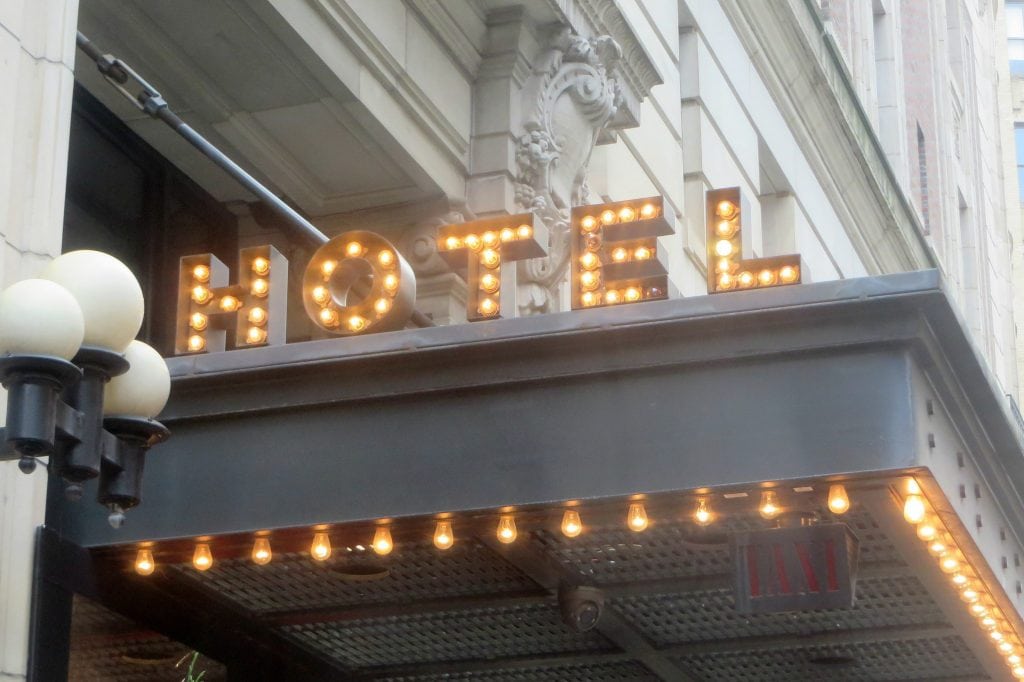Skift Take
More high-demand nights means more business, but can the trend continue?
Are hotels winning the battle for customers against the likes of Airbnb and HomeAway and other private accommodations providers?
That’s one of the primary questions surrounding the latest report from Morgan Stanley Research. For at least three years, Morgan Stanley analysts have examined the number of peak demand nights in the top 25 U.S. markets from data collected by STR to determine whether private accommodations or other factors such as demand and supply growth are having an impact on U.S. hotel business.
So-called compression nights, or peak or high-demand nights, take place when occupancy levels in a particular market are at 95 percent or more. Often times, a destination might experience a compression night when there’s a particularly large citywide event or multiple events taking place at the same time.
However, the recent introduction and growing popularity of private accommodations has also introduced a new phenomenon: the emergence of flexible “shadow supply” that can appear when a particular market is in high demand.
In 2016 and 2017, that seemed to be the case, according to previous reports. In 2016 and 2017, the number of peak demand nights in the top 25 U.S. markets was down 16 to 17 percent year over year. But so far in 2018, the number of high-demand nights for those same markets is up 3 percent.
“For the past two years, we saw significant declines in the number of compression nights in the top 25 markets in the U.S. which was a worrisome trend,” Thomas Allen, Morgan Stanley Research equity analyst and one of the authors of the report told Skift. “Now the nights are tracking up year over year. It’s a big inflection and definitely a positive for hotels.”
Year to date, the number of high-demand nights through August 25 was 173 for the top 25 U.S. markets, compared to 168 in 2017, demonstrating a 3 percent increase. By contrast, during the same time last year, high-demand nights were down 13 percent.
Allen and his co-authors surmised that an “improving supply-demand environment likely helped inflect compression nights.” Through July 31, the top 25 markets sold 3.5 percent more rooms, which amounted to 80 basis points more than the traditional 2.7 percent hotel supply growth.
Increasing regulation of short-term rentals in major cities may also have played a role in boosting the number of high-demand nights for hotels.
Trouble Ahead?
However, while news from earlier this year is good for hotels, Allen noted that “more recent data has been less encouraging” and that “compression nights since the end of June to August are tracking down.” He added, “there have only been 70 compression nights in third quarter to date, compared to 80 in same period last year.”
As for potential culprits for the recent decrease in peak nights, Allen said they might include geopolitical issues, a shift in convention calendars and holidays, weaker demand, or higher supply growth — both from traditional sources (other hotels) and alternative ones (such as Airbnb and the like).
“The biggest takeaway for hotels is that compression night trends are better than they have been for the past two years, which is great for the hotel industry and great for first half of the year. But that trend may be reversing again now that we’re in the third quarter, so it’s something to be worth watching.”
In other words, in the battle for guests, it’s still game on between hotels and private accommodation providers.
Have a confidential tip for Skift? Get in touch
Photo credit: The Ace Hotel New York. A new report from Morgan Stanley Research finds that hotels in the top 25 U.S. markets saw an uptick in the number of peak nights so far this year. Eden, Janine and Jim / Flickr
